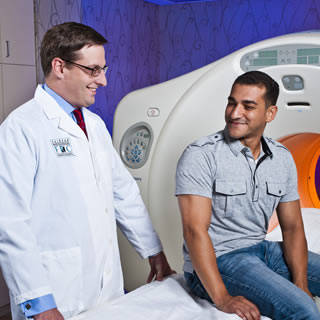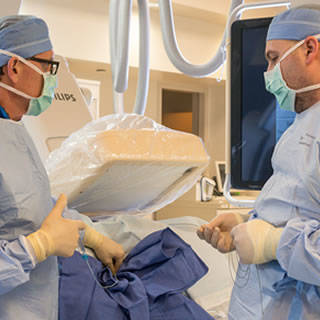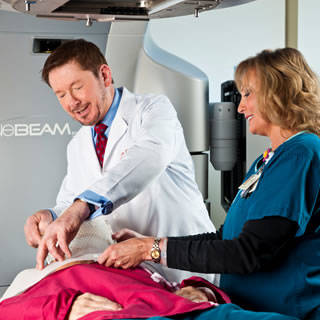Radiologists are medical doctors that specialize in diagnosing and treating injuries and diseases using medical imaging (radiology) procedures (exams/tests) such as X-rays, computed tomography (CT), magnetic resonance imaging (MRI), nuclear medicine, positron emission tomography (PET) and ultrasound.
Radiologists complete at least 13 years of training, including medical school, a four-year residency, and most often, an additional one- or two-year fellowship of very specialized training, such as radiation oncology, pediatric radiology, or interventional radiology. They are certified by the American Board of Radiology, and they have exacting requirements for continuing medical education throughout their practicing years.
Visit radiologyinfo.org for more comprehensive information on specific exams, disease conditions and treatments presented in easy-to-understand videos, images and articles.



